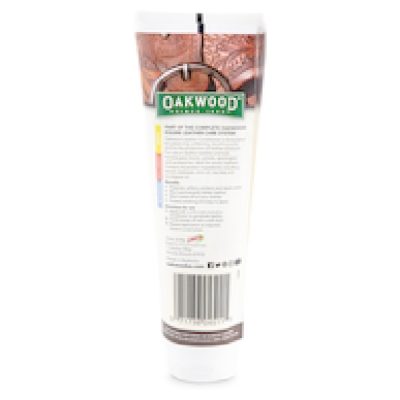

Open Road Leather & Accessories

When most people see leather, their first reaction is to touch it. The way leather feels is called its hand. In general, the softer the hand, the higher the cost. The raw material, which is determined by genetics, greatly influences the quality of leather. Every hide and skin has sections that are naturally wrinkled, softer or thinner. Environmental factors, including climate and food supply, also affect the final product. Since leather is a natural material, it is never uniform. Its small surface imperfections create a unique beauty that can never be duplicated.
Leather Shopping Tips
Consider the cut, style and lining that work best for your lifestyle.
The price of leather is mostly determined by the quality of the raw materials and style of the apparel or accessory.
Leather Facts
Leather is tear and puncture-resistant.
Leather protects from heat, cold and wind; and it repels moisture.
Leather items are available in a variety of weights and made with different linings for comfort in warm and cold weather.
Leather apparel stretches and molds to your body, yet at the same time retains its shape.
Leather breathes — that’s what keeps it soft and supple.
Leather is an agricultural by-product of the food industry.
Leather Protection and Care
Use a high-quality water and stain repellent product (see suggested products below), to help prevent water stains and soiling. Make sure the products you use are free of silicone and petroleum distillates, ingredients that break down the natural oils in leather. Apply it immediately after purchasing your new leather item, and repeat every two or three months.
Use a high-quality leather lotion on a soft cloth to moisturize your finished leather. The lanolin oil will replenish natural oils and protect all fine, smooth and grained leather.
Avoid using cleaning fluid or shoe cream. These products contain ingredients that may damage leather.
We recommend that you test any protection and cleaning products on a hidden area of the leather.
Don’t keep heavy objects, such as key chains, in your pockets. Doing so will stretch the leather.
Avoid applying hair sprays and perfumes while wearing leather.
Don’t attach pins, adhesive badges or tape to leather.
Repair hems with a small amount of rubber cement.
Cleaning
Gently blot liquid stains with a clean cloth.
Winter salt stains your leather. Wipe with a clean, damp cloth and dry naturally.
Visit a professional leather cleaner for more serious stains. Normal dry cleaning methods will remove essential oils, causing the leather to crack, fade and shrink. A cleaner who specializes in leather care will use a different method to clean and condition the leather. Even this special process may cause slight variations in color, texture, and shape, so it is important to clean matching garments together.
Care When Wet
If your leather becomes wet, allow it to dry at room temperature. (Never put leather in the dryer.) Then apply any Leather and Suede Protector. Buff suede with a soft towel to restore the nap.
If your garment has faux fur trim and the fur gets wet, dry it with a hair dryer set on the lowest temperature. Shake fur during the drying process, and periodically during wear to maintain loft and maximize appearance.
Storage
Store your leather coats or jackets on wide wooden, plastic or padded hangers to help maintain the shape.
Store your leather in a well-ventilated, cool, dry place. Avoid hot areas, such as attics; or damp areas, such as cellars.
Cover the leather with breathable cloth, like cotton sheets, when storing. Plastic bags or coverings will cause excessive drying.
Wrinkles and creases in leather should hang out. If ironing your leather garment is necessary, place heavy brown paper over the leather and use a cool to medium iron setting. Take care not to overheat the leather, which will cause it to shine.
Avoid exposing leather to direct sunlight or heat for prolonged periods of time.
Showing all 3 results
We now offer free shipping to USA destinations on orders totaling over $100.00, when you sign up on our site before ordering. This action will continue your subscription to our newsletter and make repeat ordering easier.
Our goal is to provide a convenient source for all the products you need to enjoy biker sports and other activities with style and panache.